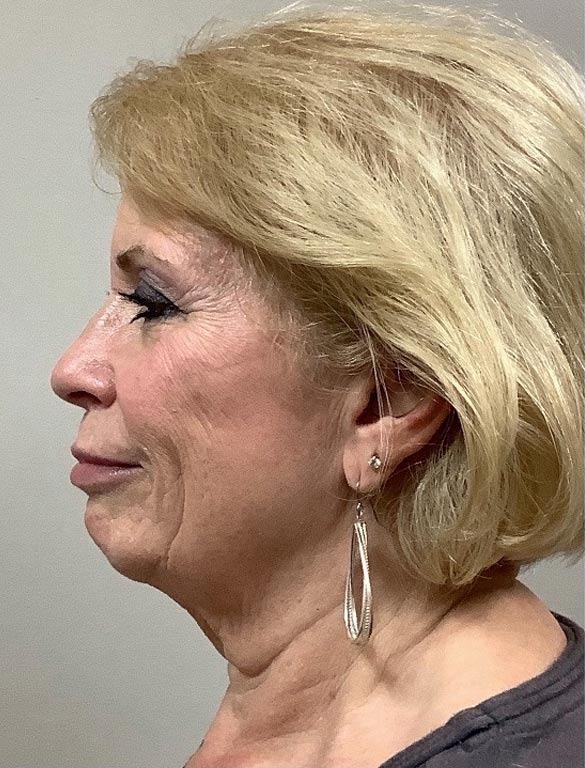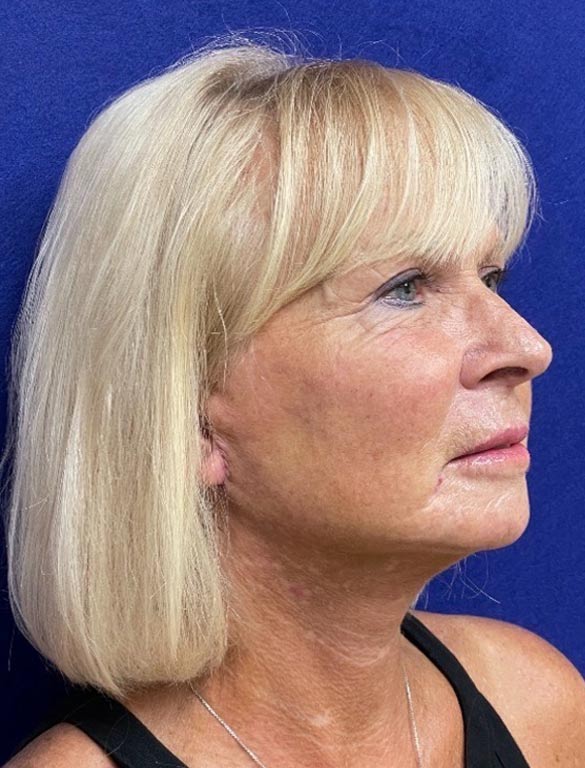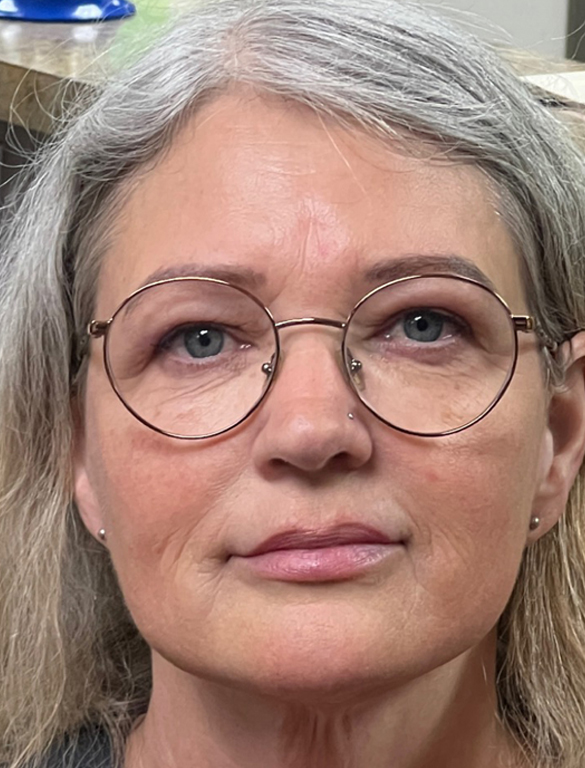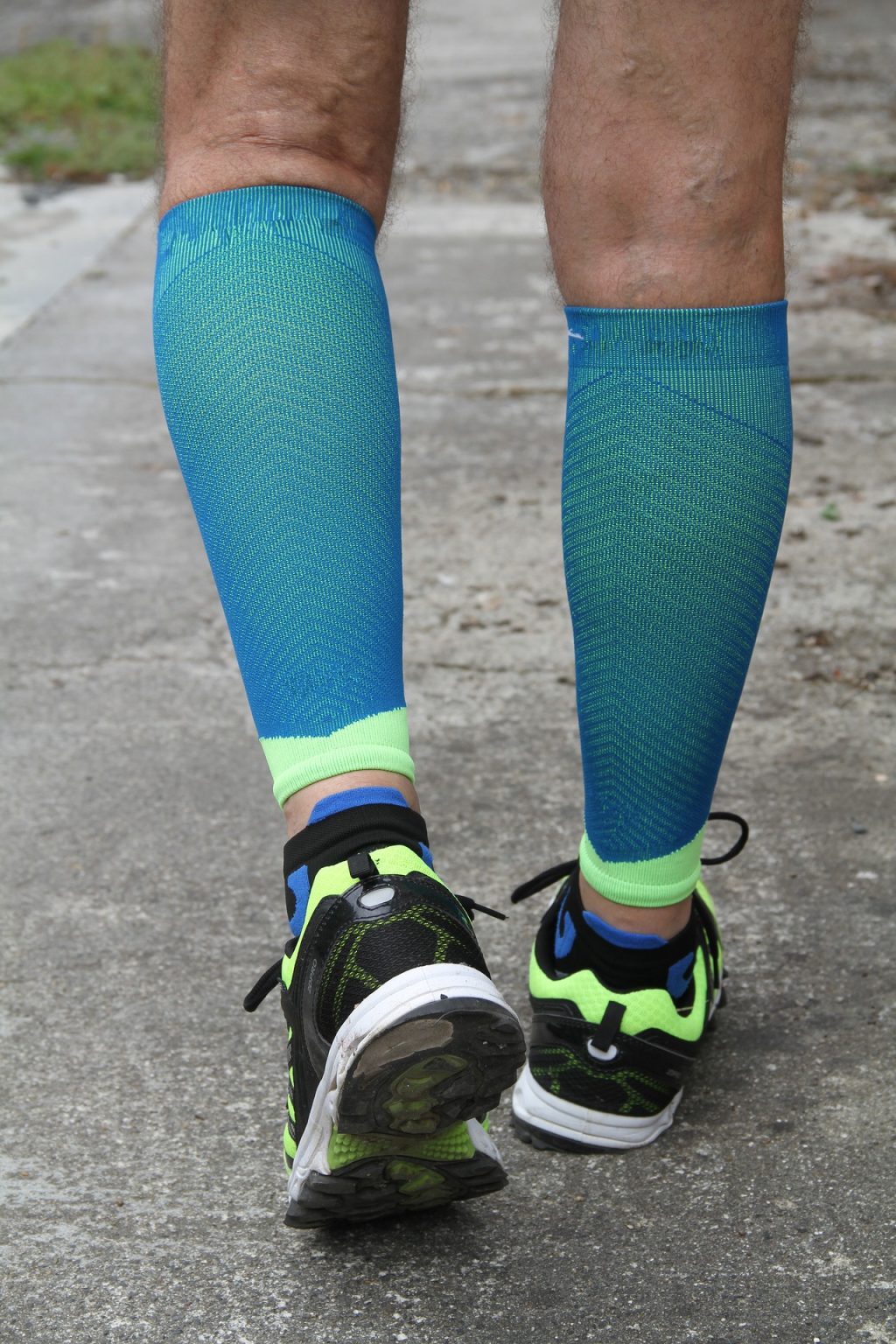Find Yourself Plagued by Dreaded “Cankles?” Liposuction May Be Able to Help!
The human body is a miracle of strength, beauty, and adaptation. However, patients will sometimes discover that in spite of their commitment to taking the utmost care of their bodies through proper nutrition and ample exercise, there are specific body parts that will not slim down or change shape.
Genetics may determine where stubborn fat deposits are located on the body, unaffected by diet or exercise. Two such areas that are prone to unwanted fat are the ankles and the calves—particularly when both are affected at once, creating what is popularly known as a “cankle,” or the seamless, non-contoured appearance of a calf that transitions into the ankle with little to no curvature or tapering in shape.
While calf exercises do exist, exercise as a whole does not have the ability to target fat in certain spots; it can improve your muscle tone and strength, to be sure, and reduce your overall fat, but targeting localized fat in places like the calves or ankles is impossible through exercise.
Fortunately, cankle liposuction—a fat-sculpting procedure—has been designed specifically to treat areas like the ankles, calves, and other problem-areas that simply do not respond to regimens of exercise or nutritious diets. Read on to learn more about what to expect if you decide to undergo cankle liposuction on your calves and ankles.
Calf and Ankle Contouring via Liposuction
Fat deposits on the legs and ankles are predominantly comprised of superficial fat, meaning that there are no deeper pockets, which are where liposuction is normally performed. Instead, for both the ankle and the calf, liposuction is kept closer to the surface.
A procedure performed closer to the surface of the skin comes with greater risks, such as damage to the veins and nerves. The occurrences of such complications are rare; nevertheless, patients should discuss all risks thoroughly with their chosen cosmetic surgeon before finalizing the procedure. Excessive liposuction of the ankles and calves is unwise, as future weight-gain can create inconsistencies in skin texture and can damage blood vessels.
After the procedure, patients can expect a lot of swelling, though the length and severity of such swelling is greatly reduced with the use of an “open-drainage” technique, in which the surgeon does not close the incisions with stitches. Instead, incisions are left open in order to allow for the draining of the tumescent anesthetic solution, which is absorbed by pads held in place over the incisions by compression bandages. Patients are usually encouraged to walk in the days immediately following the procedure, as a way of instigating drainage and reducing swelling.
Have More Questions Regarding Liposuction or Other Procedures?
Contact our team of dedicated, qualified, and experienced professionals for a medical consultation. Our surgeons are more than happy to answer your questions and address your concerns regarding any number of their specialized procedures. Set up your appointment today and learn more about what you can expect from liposuction.









